Back during the administration of Barack Obama, there was a truism going around that President Obama had been history's best gun salesman. There's a nugget of truth to that; his protestations to the contrary, President Obama never saw a gun-control scheme he wasn't in favor of, and his second banana and now kinda-sorta-Presidentish Joe Biden is just the same. In fact, during contentious election years, the Democrat's predilections to pushing "assault weapons" bans and other gun control schemes usually result in spikes in gun sales.
For some reason, that isn't happening now.
For six months in a row, monthly sales estimates from the National Shooting Sports Foundation (NSSF)—based on the volume of National Instant Criminal Background Systems (NICS) checks performed by the FBI prior to a firearm purchase—have been down when compared to the same periods in 2023. The trend defies what has become something of a rule of thumb in the industry: Contentious presidential election races fuel demand.
There’s no doubt manufacturers, suppliers, distributors and retailers are watching the situation closely. There are number of possible catalysts, including inflation, oversaturation during COVID’s heightened safety concerns, relative vacuum of political rhetoric targeting the Second Amendment and others. It’s more likely a combination of several, but rather than hazarding a guess, here’s a look at the figures below.
There are several reasons why this may be the case; gun owners may be feeling pretty good about the prospects of a Trump victory, and Trump (despite his bump-stock ban EO, which was a mistake) is vastly better on Second Amendment issues than Kamala Harris. Gun owners, as the article points out, may have stocked up during the COVID mess or, more aptly, during the 2020 "Summer of Love" that saw folks seeing the need to arm up. That's all speculation, of course, but the recent numbers are interesting.
December 2023 was the last month that saw a year-over-year increase in the NSSF gun-sale estimate. That traditional holiday shopping season came in up by 1.6 percent when compared to 2022 figures. Positive results stopped summarily on New Years Day.
January 2024 suffered a decline of 5.8 percent. February came close to tying 2023 numbers, but it was still down by .01 percent—admittedly not enough to move most FFL needles.
What came in March was a big one, though—a drop of 7.4 percent. April was even worse with an 11.2 percent decline.
Here's what these figures don't take into account: the spike in sales following the attempt on the life of former President Trump. As my friend and colleague Jeff Charles noted the other day, that event produced a short, sharp spike in gun sales as well.
See Related: Anti-Gunners Get Bad News in New Report on Gun Sales After Trump Assassination Attempt, Harris Nomination
Jeff wrote:
Gun sales have remained at over one million per month since 2019, the National Shooting Sports Foundation (NSSF) reported. But they had leveled out before July 2024.
Historically high, gun sales had slowed month-over-month until the incident involving Trump and Harris' elevation to official Democratic presidential candidate, The Washington Examiner reported. The selection of Minnesota Governor Tim Walz, an ardent proponent of gun restrictions, as Harris’ running mate has fueled more fears of government action on firearms among gun owners.
“Business picked up a few percentage points at the end of July into early August, and I think we can thank Kamala Harris and the Democrat Party for that,” said Justin Anderson, marketing director for Hyatt Guns in Charlotte, North Carolina.
So, the election may not be affecting sales — yet — but that may well change, especially if a Harris/Walz victory looks possible.
There are several things that the NSSF data doesn't catch, of course. Private sales, for instance, aren't always tracked, as several states don't require a background check for private sales, and laws that do require these checks are effectively unenforceable in any case. For example, here in Alaska, not only are private sales not tracked, but firearms are a common trade commodity, especially in the small communities where a lot of barter takes place for goods and services; in many small communities across the land, from Georgia to Idaho, this is a common practice. Granted, these sales do not affect the overall number of firearms in the hands of the citizenry; just whose hands they are in.
See Related: Why Isn't the Democrat Party Interested in How Alaska's Mary Peltola Accumulated 176 Long Guns?
Another interesting data point that would be a little more difficult to track accurately (no NICS checks to track) would be the sales of ammunition. Without ammo, the finest in small arms are nothing more than rather awkward clubs. There are millions out there as well who fit the old saw about "beware the man with only one gun — he probably knows how to use it," and it would be interesting to see how many of these folks are stocking up on ammunition. I've been saying for many years that, were I to get in a fight, I would much rather face a 20-something with an AR-15 he's fired twice than a 70-year-old man with a Winchester 30-30 he's been shooting and hunting with all his life. The gun owners of America include millions of people like this, and they should serve as a warning to the gun-grabbers in government that figures on new sales aren't the be-all and end-all of the Second Amendment in America.
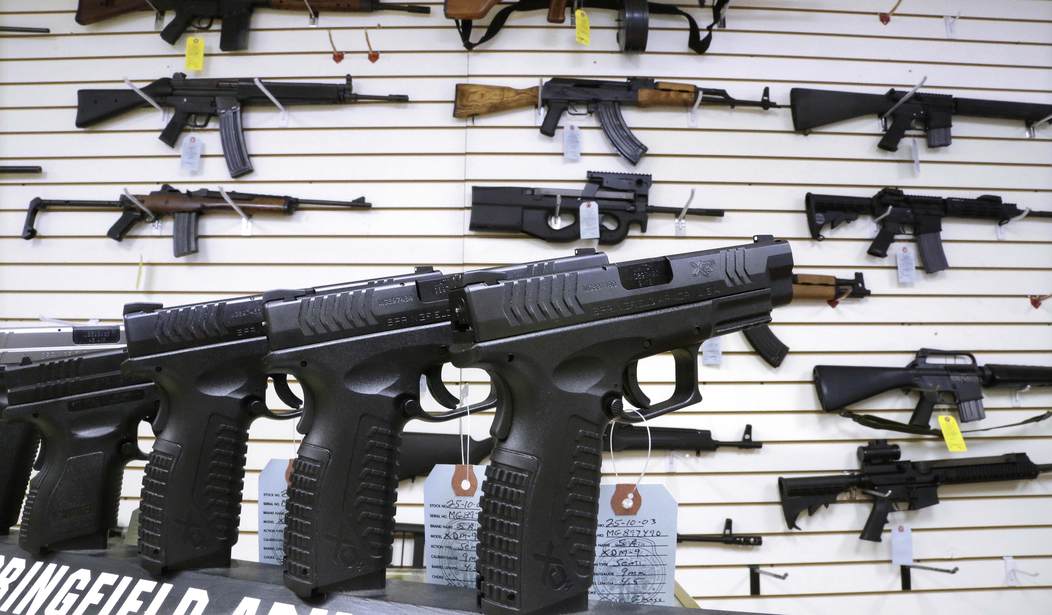

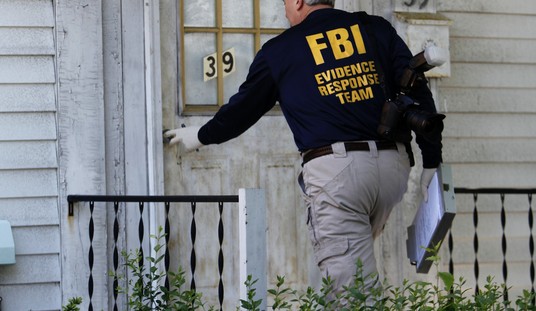
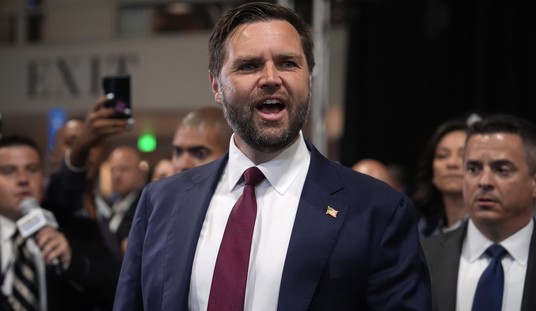
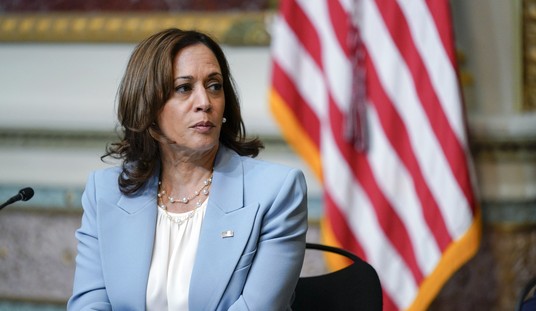
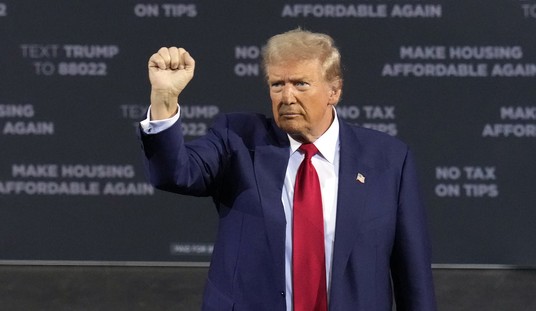
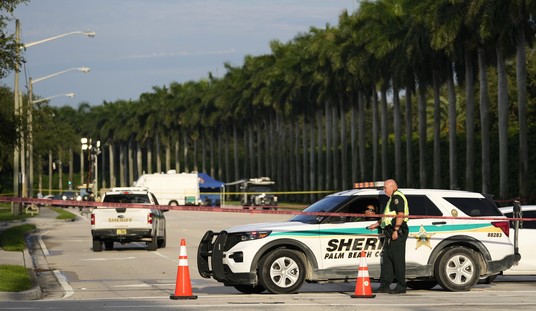


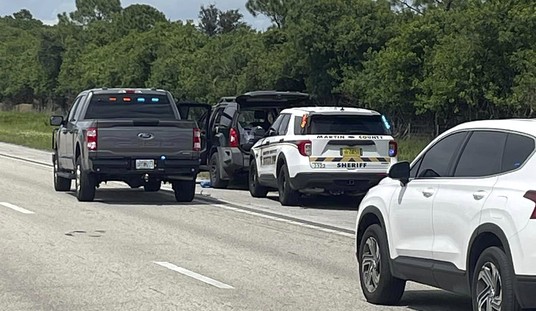
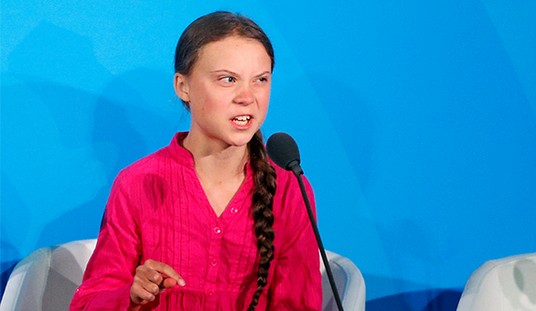
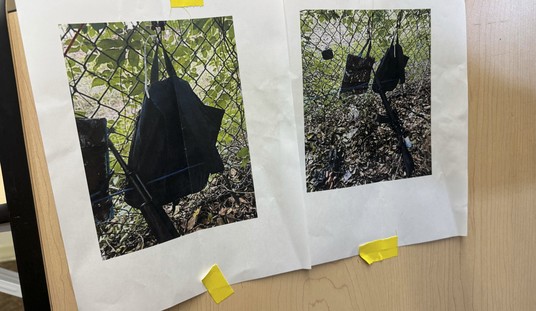

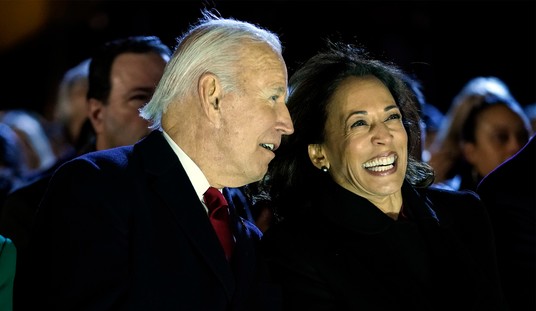
Join the conversation as a VIP Member